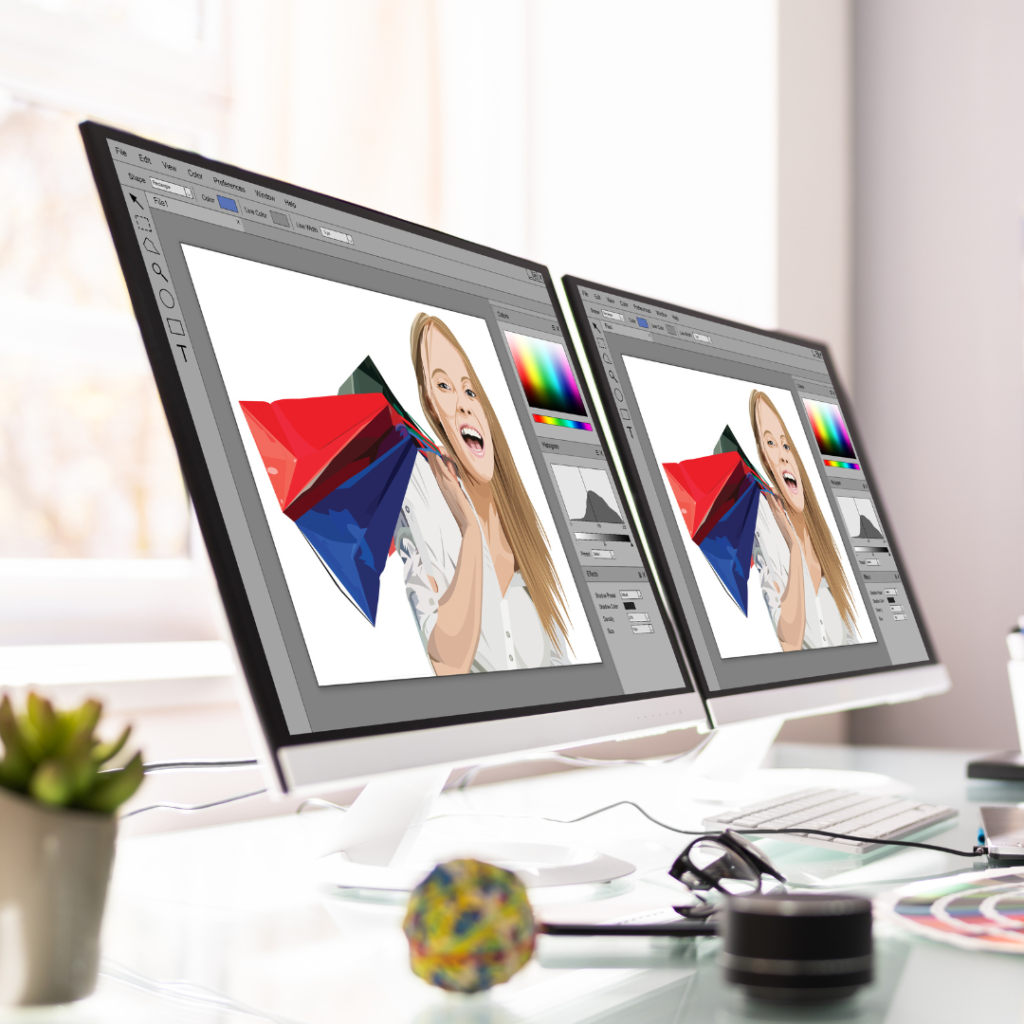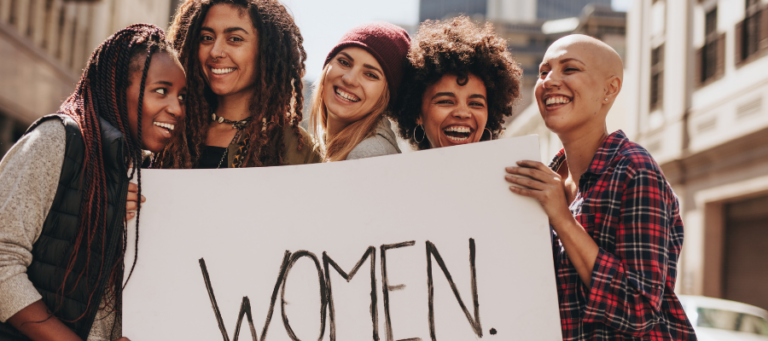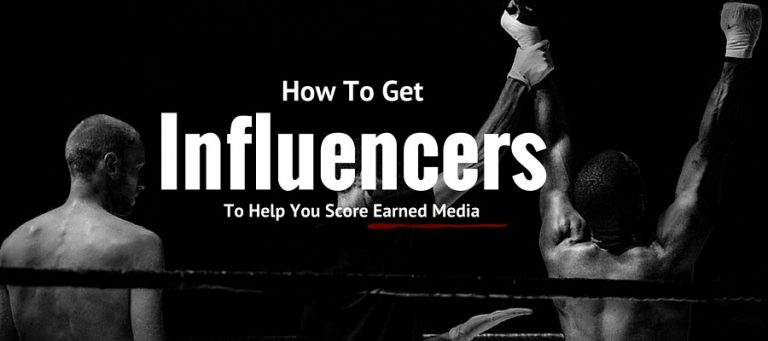Friend or Foe: Can Generative AI Promote Inclusive Graphic Design?

Remember the 2023 Hollywood writers’ strike? Fair pay was a factor, but the writers were fighting for more. They were defending the essence of storytelling in an era dominated by algorithms and rapidly evolving technologies like artificial intelligence. Marketers face a similar challenge: how to leverage the power of artificial intelligence to power brands without diminishing authenticity?
AI is changing how marketers deliver value, prompting fear of job displacement and excitement about enhanced capabilities. However, history offers a reassuring perspective. Microsoft Excel, for example, revolutionized how we handle data. Similarly, Canva democratized graphic design by making it accessible to a broader audience. These innovations, initially met with apprehension, ultimately improved workflows and efficiency. AI in marketing holds similar potential, freeing marketers to focus on strategic initiatives and deeper customer understanding.
Speaking of graphic design, AI is reshaping creative processes and pushing the boundaries of what’s possible. However, as with any disruptive tool, responsible adoption of AI in graphic design, particularly generative AI, is crucial. This means balancing enhancing creativity with human oversight to protect one’s rights and avoid perpetuating biases and stereotypes.
Augmenting, Not Replacing
AI has assisted marketers in copywriting and content creation for years. Generative AI, however, takes it a step further. Tools like OpenAI’s ChatGPT and Google Gemini offer robust capabilities, from personalizing content at scale to augmenting graphic design. It is here that we’ll linger.
Becky Bayne, an award-winning graphic designer and founder of Becky’s Graphic Design, has seen her industry evolve over her 30+ year career. She has embraced each iteration and used it to enhance her value proposition to clients. “I’ve had to adjust to technology shifts many times. My original position in the industry was hand-lettering grocery ads with India ink and a calligraphy pen“ so this new wave of AI technology is just one more opportunity to reimagine design,” Bayne reflects. As a self-publishing expert specializing in book cover design, Bayne has embraced AI as a less expensive starting point for designing book covers. Especially historical fiction that must represent the characters of the story, the time period and the setting to give an accurate representation of the plot.
Bayne’s method underscores a responsible approach to generative AI: leveraging its capabilities to enhance creativity while maintaining the integrity of original art. “I would never suggest using an AI image as it is, but incorporating the AI image into a larger group of photographs, creating a brand new design works when the budget for the original art isn’t available.”
Banye leverages AI to augment her design when a client’s budget can’t support the design hours required to reach the goal. She also raises a much-debated point about creating a brand new design.’
For marketers, that’s a friction point with generative AI art. Who owns the intellectual property? Can creators obtain a copyright? To answer those questions, we sought legal advice.
Generative AI Ethics and Legal Considerations
Recent decisions made by the U.S. Copyright Office seem to articulate its stance – AI-generated art, without significant human contribution, is not eligible for copyright protection. This reality presents a unique challenge for marketers using tools like Midjourney to generate brand-specific images, including small businesses and non-profits that may not have the resources to hire graphic designers. It underscores the importance of adding original elements to AI creations, echoing Becky Bayne’s sentiment.

The risk of generative AI abuse is of even greater concern. The proliferation of deep fakes featuring celebrities like Taylor Swift and Tom Cruise are prime examples. Such egregious behavior brings to the forefront the critical issue of the right of publicity, a concern highlighted by Alyssa J. Devine, JD, MBA, founder and managing attorney at Purple Fox Legal.
Devine advises, “Creating something and owning something are two very different things in the AI industry. While beneficial, many AI platforms copy others’ intellectual property without permission to include in datasets. When users enter prompts, AI uses statistics and probability to sift through its datasets containing unauthorized copies of creative works and generates what it thinks users are looking for. Without written licenses from the copyright owners, these derivative works generated by AI are unauthorized and could result in liability for AI users as well as AI platforms.”
Devine further explains, “While copyright is an issue, brands should be just as concerned about publicity rights of both famous and everyday individuals when using AI technologies. Because most AI datasets include aspects of individuals’ publicity rights, such as in photos, there is a very real possibility of AI users being liable for right of publicity infringement. Just look at the recent cases involving Taylor Swift and Tom Hanks. These are clear examples of AI being manipulated to use individuals’ publicity rights for commercial purposes in a deceptive manner. The key to mitigating liability is to use AI platforms that use licensed content in its datasets. Unfortunately, I have only seen one generative AI tool that actively obtains licenses for publicity rights. The AI industry is the wild west right now, and we have a lot of work to do to balance stakeholders’ interests in this realm.”
This sage advice urges brands to navigate the ethical minefield with caution. The need for transparency, respect for intellectual property, and adherence to ethical guidelines becomes paramount.
Adopting a Strategic and Responsible Approach
If using generative AI in your graphic design:
- Embrace Transparency: Clearly declare the use of generative AI. For example, if you use AI to help you design a social media image, add #AI to your social post. Also, document your creative prompts. Doing so not only helps you remember the keywords that yield good results but also establishes a record in the event of a dispute.
- Respect People’s Rights: Beyond securing commercial usage rights, consider the impact of using someone’s likeness without consent. Be mindful of the ethical and legal considerations of what you’re doing.
- Consult and Comply: Engage with legal experts to understand the nuances of copyright and publicity rights. Also, be sure that you understand the guidelines for the platform you’re using. Read the fine print.
- Diversity and Originality: When creating art, use diverse and inclusive prompts that challenge conventional perceptions of beauty and representation. Be sure to incorporate original elements into your final work to create a new, original image.
Generative AI has democratized graphic design, making it accessible to everyone. But brands must practice responsible innovation, considering the ethical, legal, and social implications of the art they create. Doing so safeguards brand reputation, reduces the risk of litigation and ensures the technology continues to benefit everyone.
Still have questions about using generative AI to create your next design project? Send us a note.





